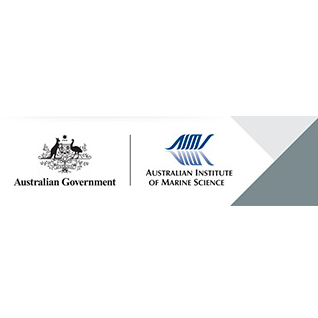Brief description
In August 2005, experimental farming of the sponges Coscinoderma sp. and Rhopaloiedes odorabile commenced at three of the nine islands of the Palm Island group in the central Great Barrier Reef: Great Palm Island (1 site), Fantome Island (3 sites) and Pelorus Island (2 sites).Eleven farming techniques were tested. These were grouped into four general categories: threaded line, cut explant, spike and mesh panel methods. Within each category different materials such as nylon, polyethylene and polypropylene lines or different compartment sizes were trialled.Sponge explants were obtained by partially harvesting approximately 20 sponges of each species from the local populations, keeping the sponges underwater at all times. Both Coscinoderma sp. and Rhopaloiedes odorabile explants were deployed within 2 x 2 m plastic grids, suspended upright 3 m from the substrate at an average depth of 12 m. Three grids were used per sponge species, each holding 5 replicates of each treatment (farming technique). Survival and growth of the explants were monitored in situ every few months over a period of 2 years to determine if there were also seasonal differences.The importance of a nursery period for Coscinoderma sp. and Rhopaloiedes odorabile was examined by comparing growth and survival of explants threaded onto 4 mm nylon line, explants farmed in mesh panels and explants placed in mesh panels for 4 months then threaded onto nylon line. Explants were obtained by partially harvesting approximately 5 individuals of each species. For both species, 5 replicates of each treatment were used. The ropes or mesh strips were >= 1 m apart, in an upright position at a depth of approximately 12m. Each method replicate had 5 explants approximately 15 cm apart. The explants were farmed for a period of 9 months. An experiment was carried out to test a range of farming techniques at different locations within the Palm Island group, to determine the most successful method and location for commercially farming Coscinoderma sp. and Rhopaloiedes odorabile. For both species, a second experiment was carried out to determine whether growth and survival using the threaded line technique, was higher in explants, which were first allowed a 'nursery period' during which explants were allowed to heal in mesh panels.Lineage
Maintenance and Update Frequency: notPlannedNotes
CreditDuckworth, Alan R, Dr (Principal Investigator)
Modified: 23 06 2025
text: westlimit=146.49652; southlimit=-18.552621; eastlimit=146.49652; northlimit=-18.552621
text: westlimit=146.51955; southlimit=-18.688051; eastlimit=146.51955; northlimit=-18.688051
text: westlimit=146.61778; southlimit=-18.736362; eastlimit=146.61778; northlimit=-18.736362
Farming bath sponges in tropical Australia: Duckworth AR, Wolff CWW and Evans-Illidge EA (2009) Farming bath sponges in tropical Australia. World Aquaculture. 40: 20-22, 70.
local : 11068/8058
Developing methods for commercially farming bath sponges in tropical Australia: Duckworth AR, Wolff CWW and Evans-Illidge EA (2007) Developing methods for commercially farming bath sponges in tropical Australia. pp. 297-302. Porifera Research: biodiversity, innovation and sustainability. Porifera Research: Biodiversity, innovation and sustainability
local : 11068/7524
Map
uri :
https://data.aims.gov.au/mestmapkml/a0e9361d-96c1-45ef-a759-886506285da5.kml![]()
- global : a0e9361d-96c1-45ef-a759-886506285da5


